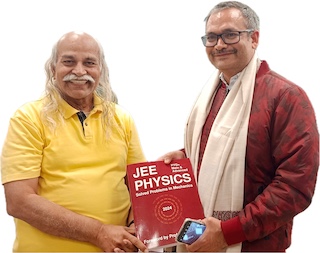Transistor
The transistor is a three-terminal device, with the terminals labeled as the emitter, base, and collector.
In a Bipolar Junction Transistor (BJT), the emitter and collector regions are doped with opposite charges, while the base region is lightly doped. The transistor operates by controlling the flow of electrons between the emitter and collector regions with a small current applied to the base. This allows the transistor to amplify signals or act as a switch.
